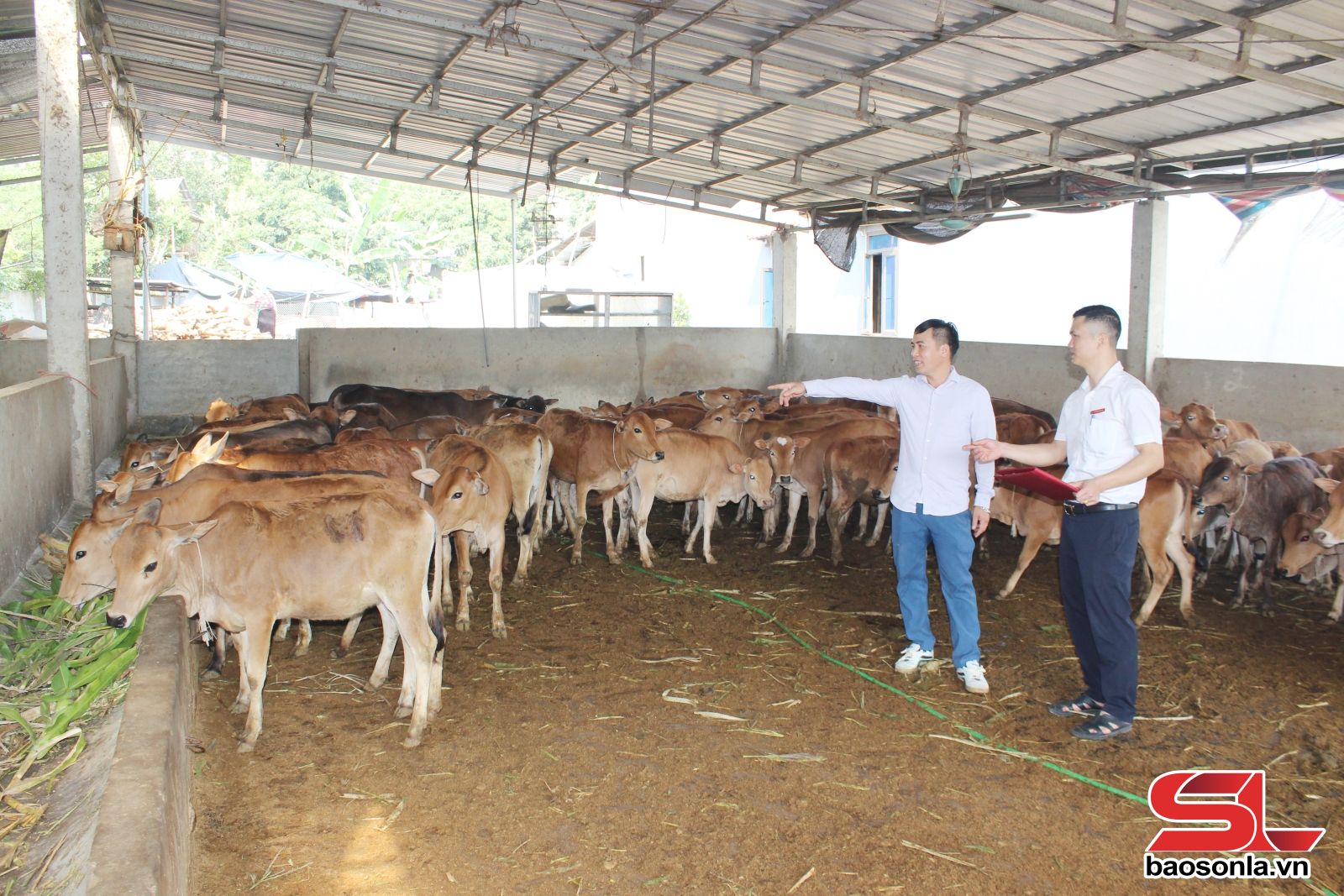
As one of the pioneering households in developing livestock farming in Pot village, in 2020, Ms. Quang Thi Ngoac invested in building a 60 m2 barn, more than 50 m from her house, raising 25 buffaloes and cows; regularly cleaning the barn, composting livestock waste as fertilizer for crops. Ms. Ngoac shared: To ensure a food source for the herd in winter, the family grows more than 2,000 m2 of elephant grass. Applying techniques of composting straw, fermenting, and greening food from agricultural by-products as feed for livestock; at the same time, implementing regular vaccinations, the family's livestock always develops well.
In addition to developing buffalo and cow farming, households in the commune also develop goat farming. Typically, Mr. Quang Van Xam's family in Chang village started raising goats in 2018, with free-range grazing. By 2022, with the encouragement of the commune's veterinary staff, his family switched to growing grass and raising goats in captivity, to proactively prevent diseases. Currently, Mr. Xam's family's total herd of goats is always stable at 45-50, with an annual income of 80-90 million VND from selling commercial goats and breeding goats.
Mr. Nguyen Dang Thuc, Vice Chairman of Ta Khoa Commune People's Committee, said: In the commune, there are many concentrated grazing areas in the villages: Pa No, Khoc A, Khoc B, Pot village, Phuc village, Khang village, which are favorable for livestock development. In the past 5 years, along with the livestock development policy and the support of specialized agencies, people in the commune have gradually shifted from small-scale farming and natural grazing to concentrated livestock farming. The commune has promoted and encouraged farmers to convert ineffective production land to grass cultivation; coordinated with the Agricultural Technical Station of Region IV to guide livestock farming households to invest in quality breeds; and built solid barns.
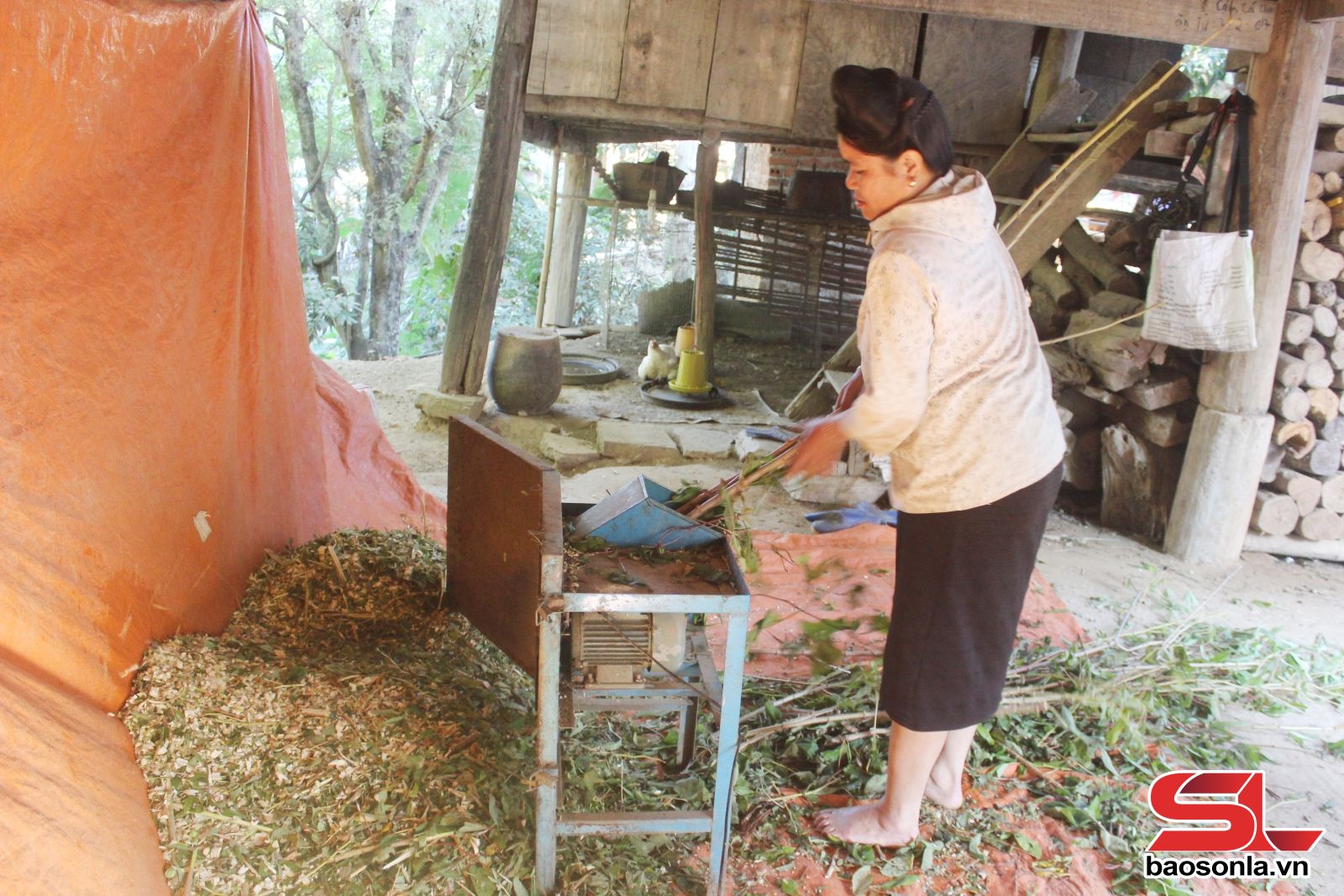
In addition, people are encouraged to use straw, corn stalks and leaves after harvest to preserve and ferment as food reserves in the winter; and to proactively vaccinate livestock regularly. Since the beginning of the year, the whole commune has vaccinated over 15,700 doses of foot-and-mouth disease and anthrax vaccines for buffalo, cows and goats, 3,600 doses of swine fever, and sprayed Benkocid disinfectant over 300,000 m² in all villages.
Currently, Ta Khoa commune has over 10,000 cattle and nearly 78,100 poultry. The area of elephant grass in the commune has increased rapidly, up to now the whole commune has over 82 hectares, ensuring food for livestock even in the winter months. Many households have escaped poverty and become well-off thanks to livestock farming, with an income of over 100 million VND/year, such as: Mr. Lu Van Hoi's family, Pot village, raises 20 buffaloes, cows and 50 pigs/batch; Mr. Lo Van Ngoc, Khoc A village, raises 14 buffaloes and cows; Mr. Lu Van Lam, Chang village, raises 30 goats, 12 horses...
With the right direction and active support of local authorities and people's efforts, livestock farming is becoming an effective direction, contributing to increasing income and economic development in Ta Khoa.
Source: https://baosonla.vn/kinh-te/nang-cao-thu-nhap-tu-phat-trien-chan-nuoi-O6qksBuNR.html



![[Photo] Hanoi: Authorities work hard to overcome the effects of heavy rain](https://vphoto.vietnam.vn/thumb/1200x675/vietnam/resource/IMAGE/2025/8/26/380f98ee36a34e62a9b7894b020112a8)


![[Photo] Multi-colored cultural space at the Exhibition "80 years of the journey of Independence - Freedom - Happiness"](https://vphoto.vietnam.vn/thumb/1200x675/vietnam/resource/IMAGE/2025/8/26/fe69de34803e4ac1bf88ce49813d95d8)




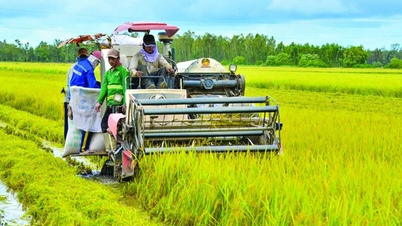

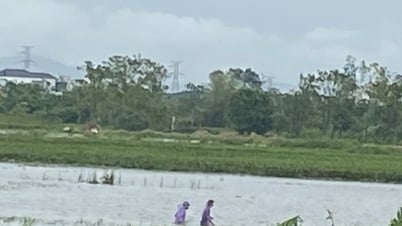

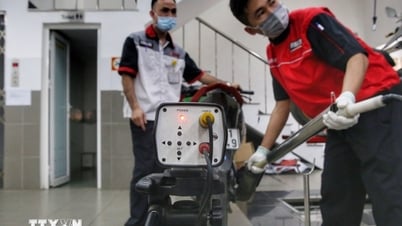

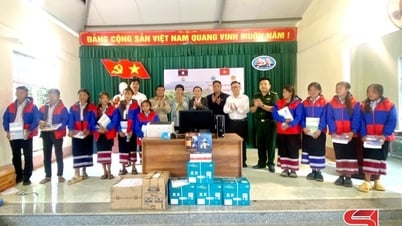







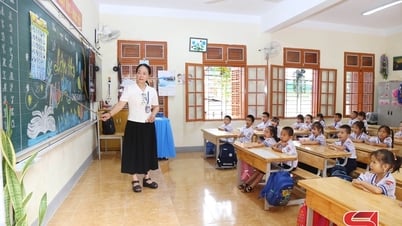
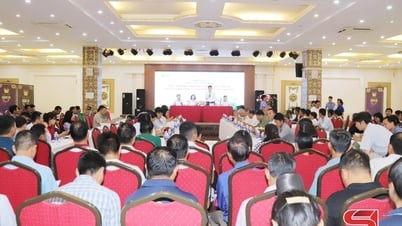
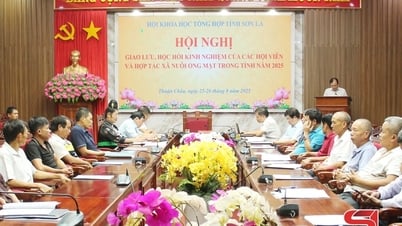
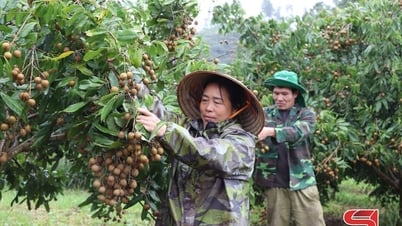
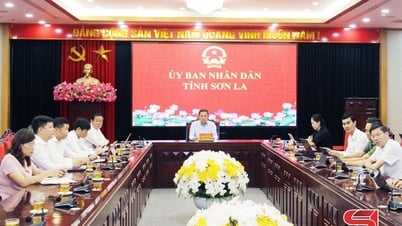





















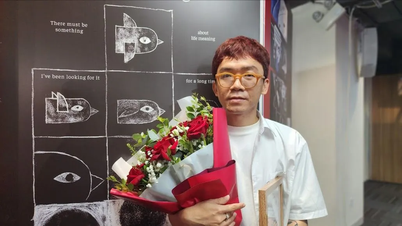



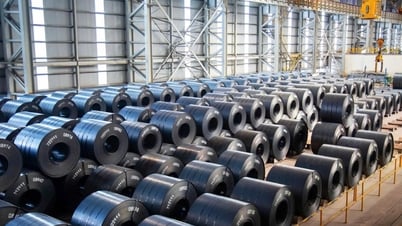

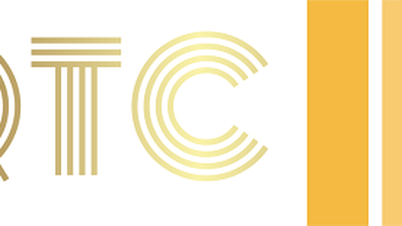




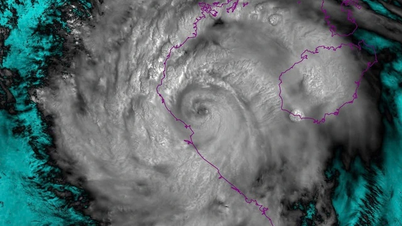







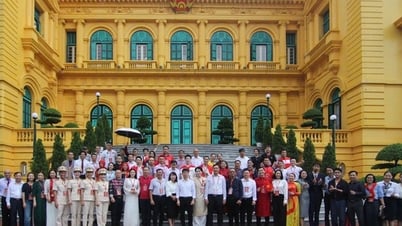




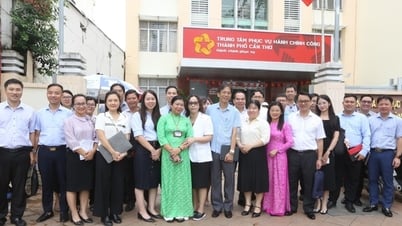
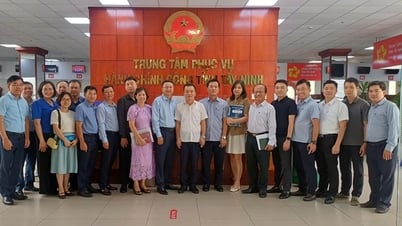
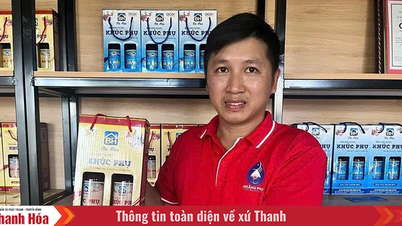
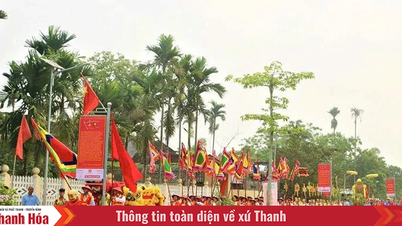
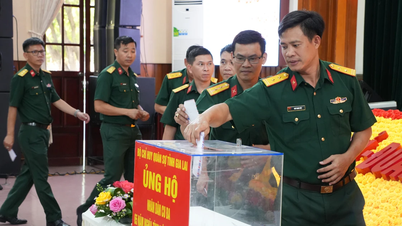

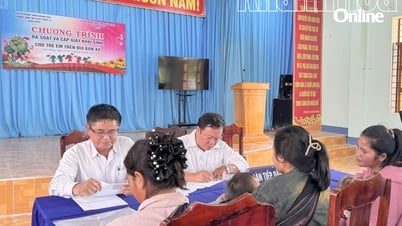



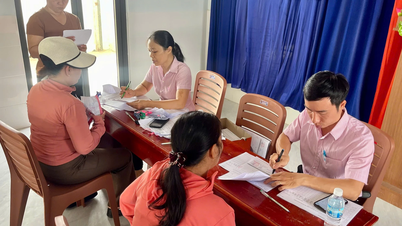


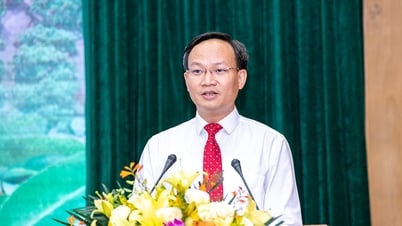


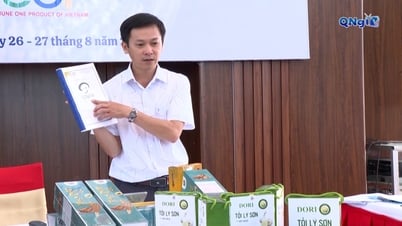










Comment (0)